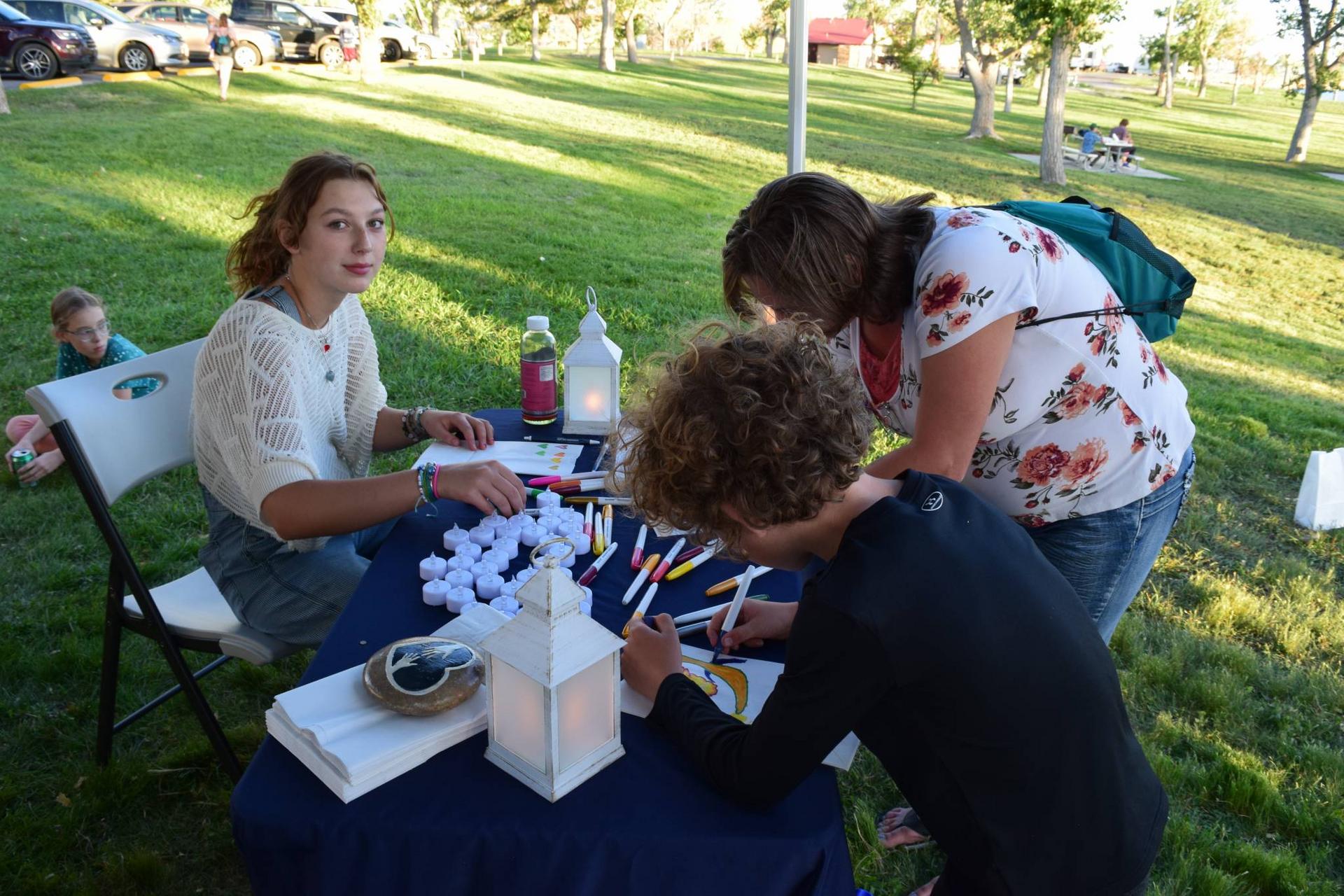By Julene Reese
It is not uncommon for mental health disorders and substance use disorders to occur simultaneously. September is a month designated to raise national awareness, discussion and provide resources for both.
“People can experience these disorders at the same time, or one disorder may put a person at risk for the other, or it can go both directions,” said Ashley Yaugher, Utah State University Health Extension: Advocacy, Research, and Teaching (HEART) Initiative faculty member. “Furthermore, people can experience thoughts of suicide while using substances with high toxicity levels. As an awareness month, resources for treatment, hope and recovery are highlighted in September.”
Yaugher said the HEART Initiative’s mission is to educate and reduce deaths caused by substance use disorder, overdose, and suicide. Initiative team members have spearheaded and collaborated on community prevention efforts since 2018, including suicide prevention trainings, community walks for suicide prevention, prescription take-back days, recovery day events, and harm reduction training.
“The HEART Initiative targets populations at greatest risk, including veterans, chronic pain patients, youth, those with mental health or substance use disorders, those who experience depression or hopelessness, and people experiencing homelessness, among others,” she said. “Programs are offered statewide to help address these challenges. We also offer Naloxone training for the lifesaving medication that temporarily reverses an opioid overdose so people can get emergency service support.”
Tim Keady, USU HEART Initiative faculty member, said Naloxone training is available from several organizations, including USU Extension, Utah Naloxone, IHC and local health departments.
“With the addition of Fentanyl to the substances in our Utah communities, we need Naloxone training more than ever,” he said. “The training takes approximately 30 to 45 minutes and can help save the life of a family member, friend or stranger. I have seen the difference it can make between the person who receives it and the person who provides it. It is lifesaving and life-changing for both.”
Yaugher said hope and healing are possible through the many resources available. During National Recovery Month, evidence-based treatment and recovery practices are promoted and supported through the nation’s recovery community and the service providers who make recovery possible. The Substance Abuse and Mental Health Services Administration SAMHSA website includes resources, information, a list of events, and more.
Suicide Prevention Month helps raise awareness about the often-stigmatized topic, she said. In addition to shifting public perception, efforts in September are intended to spread hope and vital information to people affected by suicide so that individuals, friends, and families can access the resources they need during a crisis. Anyone experiencing a mental health crisis can call or text 988 for help. The call is confidential, and there is no cost. Calls route through the National Suicide Prevention Lifeline.
In addition to these resources, Yaugher said USU Extension hosts the Rural Opioid and Stimulant Wellness Summit Oct. 24-26 in Price. Now in its sixth year, the event is intended for rural community members, professionals, field experts, and anyone interested in discussing, planning, and acting against the growing opioid overdose and stimulant crises.
“We have planned the summit to be a catalyst for open discussions and change,” said Yaugher. “We will offer resources and holistic activities for wellness and recovery and reinforce rural community strengths and the pathways to recovery.”
Those interested can click here to register for the summit and for further information.
“Highlighting both recovery and suicide prevention and awareness in the same month is a great first step in improving mental health, inspiring hope, reducing stigma, and increasing understanding,” said Yaugher. “We all have a role to play in SUD recovery and suicide prevention, whether it is connecting people to resources, checking in on our loved ones with a phone call, or supporting our local communities. This month offers opportunities for people nationwide to get involved and learn that hope and healing are possible.”


